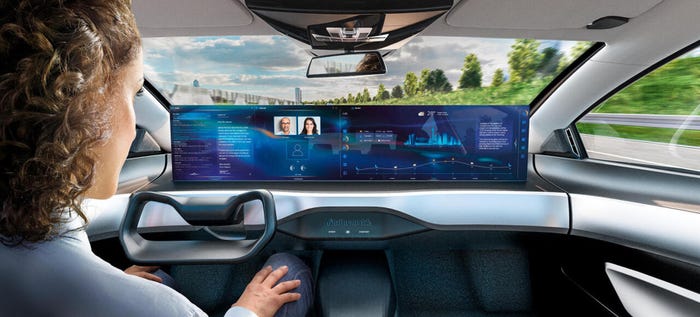Fusion Makes Us Stronger
Fusion helps to instill creativity, keep the end user at the forefront and execute quality projects quickly.
October 4, 2017

Corporate silos. It’s a term that has been an ugly part of business jargon for more than 30 years and still is a part of boardroom discussions. It’s a dirty practice that happens when departments focus on individual deliverables and fail to communicate goals, priorities and processes with other groups.
It’s not a good mentality for any situation, but in business it can cripple productivity, reduce morale and affect the overall impact of the operation. So after all this time, why are there still silos? There’s no perfect answer, but there is a way to solve it: Fusion.
Fusion is what happens when traditional companies break down cubicles, crush communication barriers and march to a unified goal. A collaboratively fused team might consist of experience designers and architects, creative marketers, software developers, data architects, electrical engineers and mechanical engineers; but they all follow the same philosophy to ensure their work will meet the needs of the end user.
When this type of joint effort happens, so does optimization of workflow, resulting in the highest value to the business. The shift occurs when each area of concentration focuses on the quality and function of their individual task, while collaborating and keeping the collective end goal in mind.
So how does Fusion work?
It starts by listening. There needs to be a base understanding of what’s currently working and what’s not. From there a solid business strategy can be built.
This approach should come from taking the traditional functions of each team member involved, whether it’s design thinking, creative marketing or software engineering and practicing those functions through an agile lens that focuses on speed-to-value and next-level industry trends that keep the user experience at its core.
Classically trained engineers are taught to always keep functional specifications and quality measures in mind. Rarely do these engineers dig into how the functional specifications came about. That work often is completed by designers located offsite. But in a fully-fused organization, design and development work together with continual collaboration to create holistic products and services that align to the user’s needs and the organization’s goals.
One of the fastest ways to move toward a Fusion team is to kick off a project with a discovery sprint. Discovery sprints are magic. They provide a rare opportunity for the entire team to come together with users and stakeholders to understand and unpack problems and agree on the best one to solve first.
The focus of the sprint is to gain a deep understanding of the end users and their journeys throughout the process. The sprint helps to recognize their goals and pain points and generate lots of ideas in a collaborative setting with diverse perspectives. Once this happens, the group decides on the best ideas to move forward. Then the ideas are validated by testing prototypes with users and a minimum viable product is defined.
The benefits of running a sprint are endless. It allows the team to generate a variety of options. They’re able to step beyond obvious solutions and uncover unexpected areas, harness collective perspectives and strengths of participants and ensure they’re solving the right problem. In turn, they can quickly vet and validate ideas with real users and gain alignment and focus within the team.
For the team, the discovery sprint doubles as a great conduit to unity and camaraderie among members. This type of team cohesion, where each member complements one another with their own perspective, provides value to the team and the organization. And the benefits don’t stop with the team. They carry through to the users who reap the rewards of a well-thought and expertly executed experience.
Moving to a Fusion-based process doesn’t mean a company has to completely move away from traditional execution methods. Consider Fusion as a means to infuse agility with interdisciplinary teams that collaborate and work side-by-side to ensure the desired user experience and business value is present in every product, service and solution. Fusion helps to instill creativity, keep the end user at the forefront and execute quality projects quickly. It may seem daunting to transform, but it is worth the effort.
Kimberly Clavin is vvice president-Engineering, Loop by Pillar at Pillar Technology, a leading producer of integrated digital experiences for the automotive, industrial, agricultural, and other industries. She is leading a product-development team for Loop, a solution to accelerate embedded systems development. https://loopbypillar.com Twitter: @clavinator, @loopbypillar
Ben Branham is an experience architect and has been designing and driving digital projects within higher education, e-commerce, automotive software, finance and healthcare, for more than 12 years. At Pillar Technology, he works with clients to understand their problems and connect them to solutions through collaborative idea generation, prototyping and testing with users. Twitter: @binbranham
About the Author
You May Also Like



